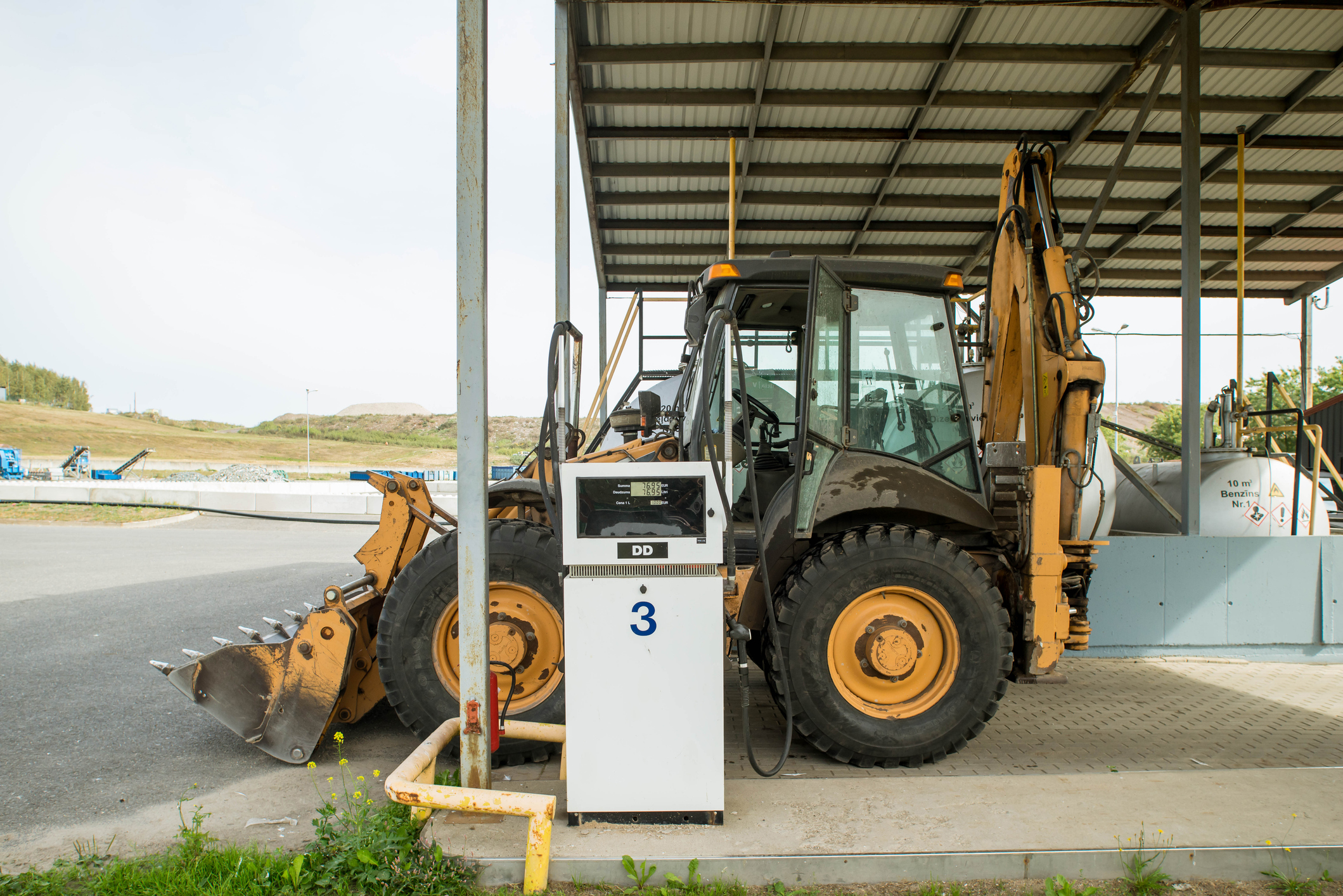![]() Download the full Policy Brief.
Download the full Policy Brief.
Key Findings
- Washington state’s agricultural labor shortage was more than eight percent from 2011-2013 in the peak season. The severity of the shortage was at its highest in 2016 across the Western United States.
- The causes of the ongoing and worsening agricultural labor shortage are many, including immigration, welfare, state and federal regulations, bureaucratic slowdowns of guest worker programs, increasing costs, and competition from other industries.
- Before 2000, the agricultural sector benefited from four decades of rapid growth in the size of the Mexican immigration population in the U.S., but in recent years the population has stabilized.
- The type of labor problems farmers experienced in 2016, extended beyond simple labor shortages. The top three labor issues affecting farms were: high labor costs, competition from other operations, and not enough available workers.
- A slight majority of farms reported economic damage resulting from labor problems experienced in 2016. Farms greater than 500 acres and farms between 51 to 100 acres were less likely to experience economic damage due to labor disruptions.
- The type of damage also varied, with quality loss being the most common occurrence.
- To solve the ongoing labor shortage, growers will need to use a combination of guest workers and mechanization to continue producing food. Adopting policies that speed the approval of H-2A visas will benefit these Washington growers, the entire agricultural sector, and Washington’s broader state economy.
Introduction
Washington state farmers have faced agricultural labor shortages year after year, though the severity of the shortage has fluctuated over time. Economists argue the definition of a labor shortage, but in the real world the academic definitions are of little importance when crops fail to be harvested in a timely manner or pruning occurs later than needed.
According to a recent survey we conducted, over 96 percent of farms experience a labor disruption, with 58 percent of farms affected by labor shortages in 2016. There are many causes of the ongoing and worsening agricultural labor shortage, including immigration, welfare, state and federal regulations, bureaucratic slowdowns of guest worker programs, increasing costs, and competition from other industries. However, measuring the true effects of an agricultural labor shortage is important to understanding the situation’s complexity.
When the public hears farmers’ concerns regarding the labor shortage, the typical image conveyed by media outlets are crops rotting in the fields. Yet, the actual costs of labor shortages are more complex than simple crop loss. Hearing the concerns from Washington farmers and agricultural businesses prompted Washington Policy Center to conduct a systematic survey, to measure the full effects of not having enough agricultural workers in rural areas.
The survey assessed Washington state’s agricultural labor disruptions in 2016, by reaching out to Washington farmers. It measured the magnitude of the labor shortage and the quantifiable and qualitative costs. The survey also examined the varied demographics of the growers affected by the agricultural labor shortage in 2016.
This Policy Brief presents a short background on the historical statistics of the agricultural labor shortage, presents and explains the survey results, and discusses ways of reducing or solving future agricultural labor shortages.
![]() Download the full Policy Brief.
Download the full Policy Brief.




